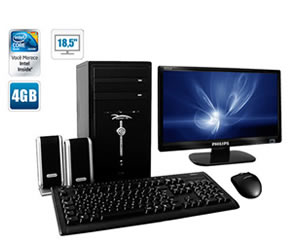

Format the disk using the exFAT file-system.Go to your drive options (in Mac this is the Disk Utility and in Windows this is Disk Management).SD Memory Card Formatter Download for Windows/Mac. Insert the USB stick into your PC or Mac. The protected area shall be formatted by an appropriate PC application or SD host devices that provide.Note that in the instructions below I recommend using the exFAT file-system as this is the most widely supported file-system that supports large files at this time (NTFS isn’t as widely supported): Before following the instructions below be aware that your existing files on the USB drive will likely be erased during the formatting. The trick to storing large files on a flash-drive is to format the drive using a file-system that accepts large files.
#Formatting usb on mac for pc how to
How to store files larger than 4GB on a USB Drive The problem with older FAT versions however is that the maximum single file-size is 4GB or lower (depending on the version of FAT used). The reason that USB flash-drives are typically formatted using one of these FAT file-systems is that the format is widely supported and robust (PC, Mac and Linux all support FAT). There are numerous variants of the FAT file-systems from the past including FAT, FAT12, FAT16, FAT16B and FAT32. Usually, flash drives are pre-formatted using an older FAT file-system version. Why the too large for the destination file system error occurs Fortunately it’s a really simple issue to resolve. If trying to save a large file to a USB memory stick a message like the file ‘example.zip’ is too large for the destination file system will show. over 4GB in size), it isn’t, by default, possible to save these large files.


 0 kommentar(er)
0 kommentar(er)
